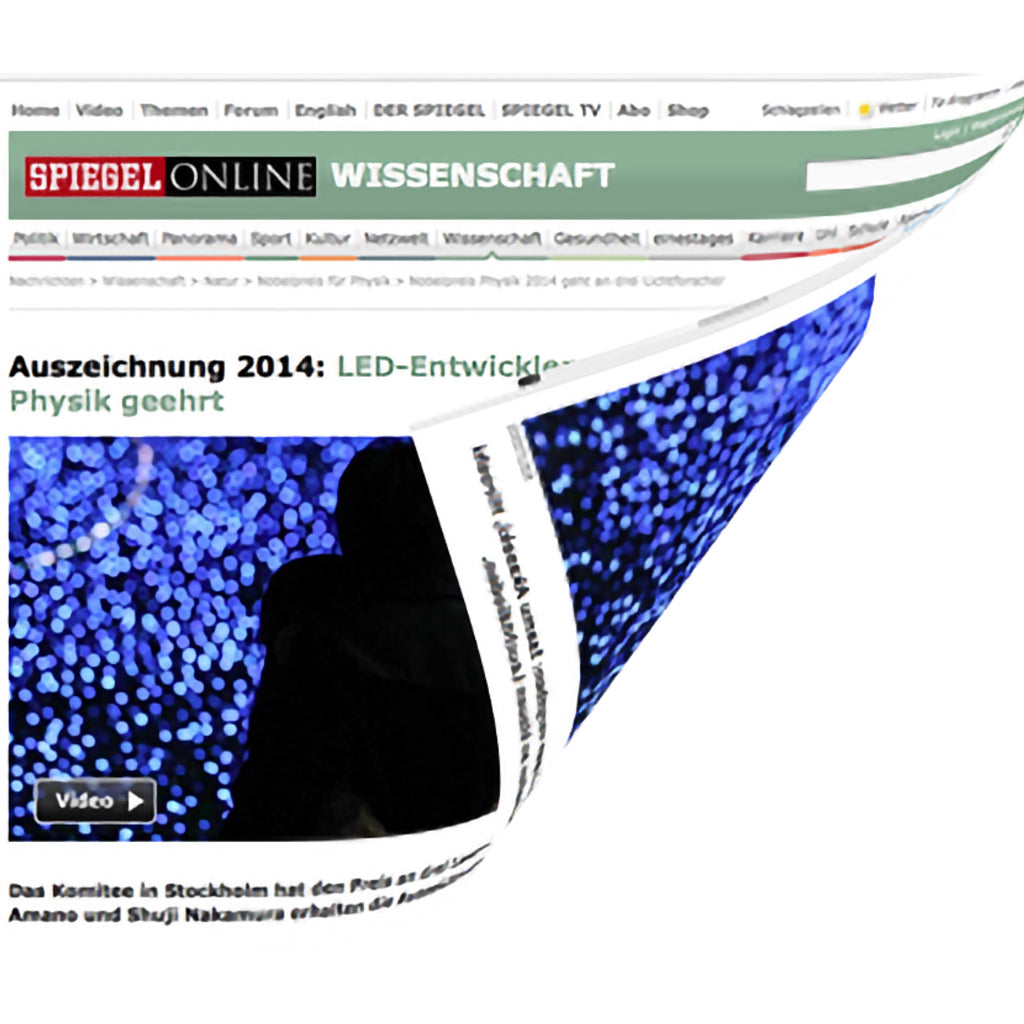Artificial light in the quality of sunlight - SORAA full spectrum LED
SORAA full spectrum LED based on GaN to GaN Technology
Professor Shuji Nakamura is one of the founders of Soraa Inc. and was awarded the Nobel Prize for his research on the blue LED.With the LEDs of the so-called VIVID series, Soraa has created full-spectrum LEDs that leave conventional light bulbs and halogen lamps far behind. Continue reading




